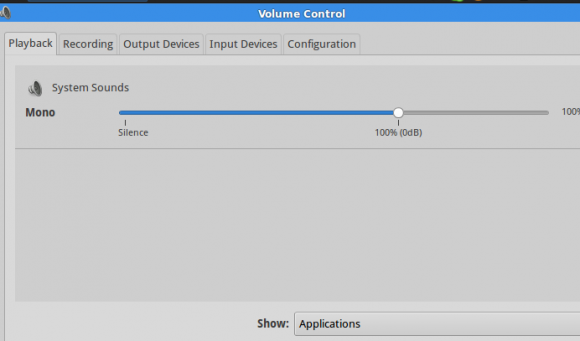
Electric cars with silent motors mimic noisy gas-powered vehicles, for example, because a motor gives bystanders surprisingly complex warnings - how near a car is, how powerful it might be, and how fast it’s going. Instead, we rely on noises that have been selected or created to give a specific effect. As our tools have become increasingly digital, they’ve also become silentĪs our tools and machines have become increasingly digital, they’ve also become increasingly silent - and many of those natural cues and signals have disappeared. An axe is a rudimentary object, but its aural cues tell us not only whether it’s successfully biting into a tree, but how deep it’s going, and how close it is to striking through. Hammers aren’t designed to give acoustic feedback, but we can hear when we hit a nail squarely. And it needs to do so while preserving the identity of one of the most recognizable online communication tools in the world.įor the overwhelming majority of humanity’s existence, the tools we’ve used have come with their own set of audio signals, often unintentional ones.

#Play sounds through skype windows#
It needs to fit Skype into the larger scheme of Windows and Microsoft, another of its clients. While reimagining noises like incoming chat pings, call sounds, and error notifications, the small team of audio engineers and designers needs to integrate new apps like Skype for Business, formerly known as work messaging app Lync. This year, Skype is revamping its sonic identity for the first time in 10 years, and it’s turning to a New York-based sonic branding agency called Listen. Companies might come to these agencies for everything from a handful of recordings to a sonic identity - a whole catalog of sounds that can be remixed for commercials, online videos, or user interfaces. The Audio Branding Academy, an industry group founded in 2009, says it was aware of 145 agencies worldwide in 2013, up from 126 in 2010. Each bounce, pop, whisper, and zoom is supposed to say something about SkypeĪudio branding is as old as jingles or the MGM lion’s roar, but it’s only been recognized as a specific field more recently. But each one was also supposed to say something about Skype - and to help the company’s name become synonymous with online calling. They were carefully designed to reflect a mix of pleasant, familiar noises: a call was marked by the traditional, pulsing ring of a telephone, while other actions triggered a combination of whimsical bounces, pops, whispers, and zooms. People went to Skype to hear someone’s voice, and the sounds that accompanied the application were central to the user’s experience. By the time it introduced a "version 2.0" with video calls and a new design in 2005, it boasted 54 million registered users worldwide. But it was free, simple, and released at a time when internet speeds were climbing. Developed by two Scandinavians who’d previously worked on file-sharing service Kazaa, Skype wasn’t the first company to offer voice over internet protocol (or VoIP) services. Where cellphones had severed the link between telephones and landlines, Skype went a step further: it separated voice calling from the telephone entirely. And they were a sign of how profoundly a simple interface choice could change an entire environment.

Ringtones weren’t just a signal that someone wanted to talk to you - they said something about who you were. "With priorities like these, it’s no wonder we have so many problems in the world today."

"In 2003, it seems that a person’s most valued and public expression of self seems to be embodied in the customized features of his cell phone," wrote one woman in a BBC opinion poll. Shortly before the company put out the first of several betas in August of 2003, an analyst report predicted that ringtone sales would soon bring in more money than CD singles. Mobile phones - to which Skype was an indirect competitor - were becoming ubiquitous, and so were the personalized sounds that went with them. The year that Skype launched its calling service, the world was in the midst of a sonic crisis: the ringtone.


 0 kommentar(er)
0 kommentar(er)
